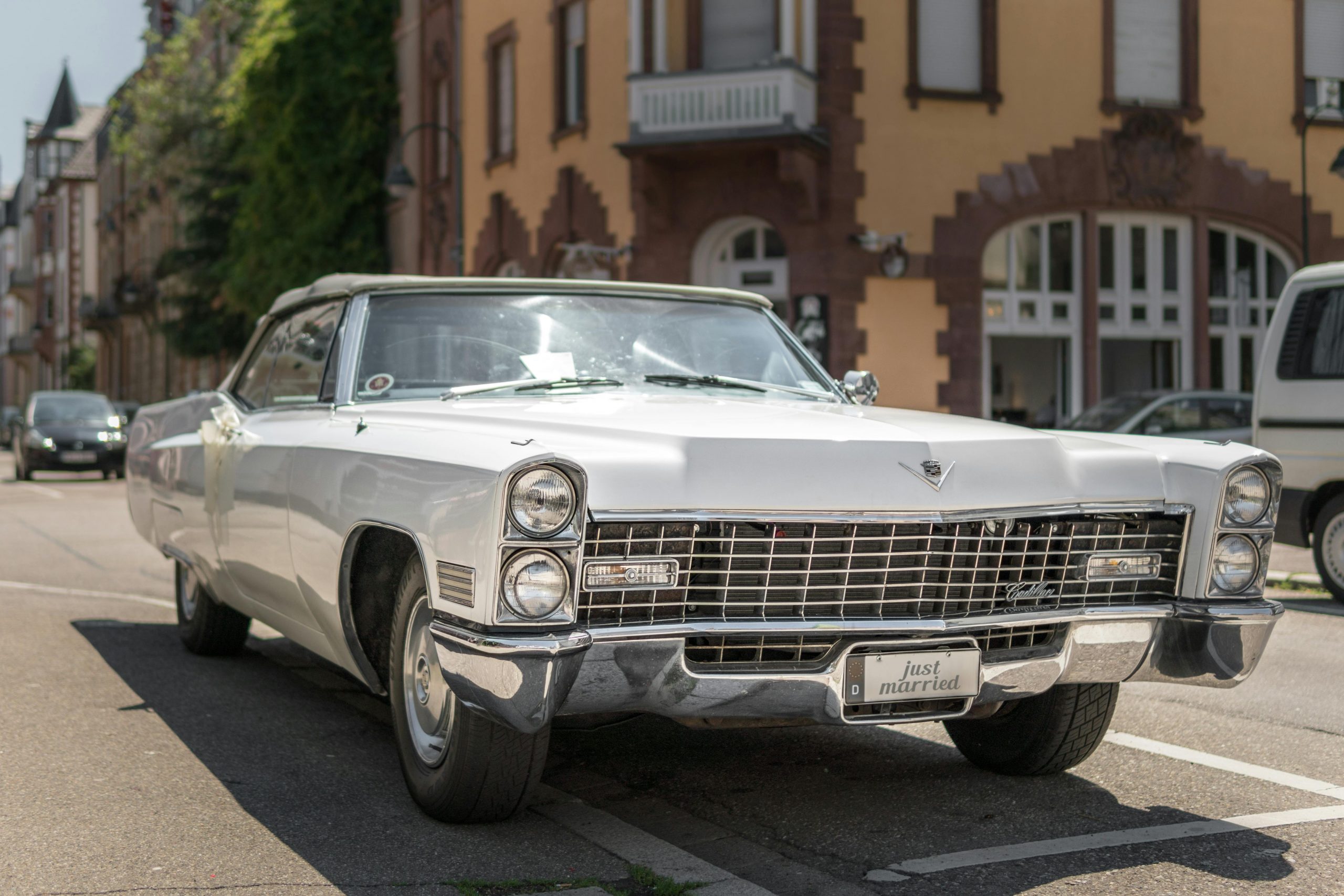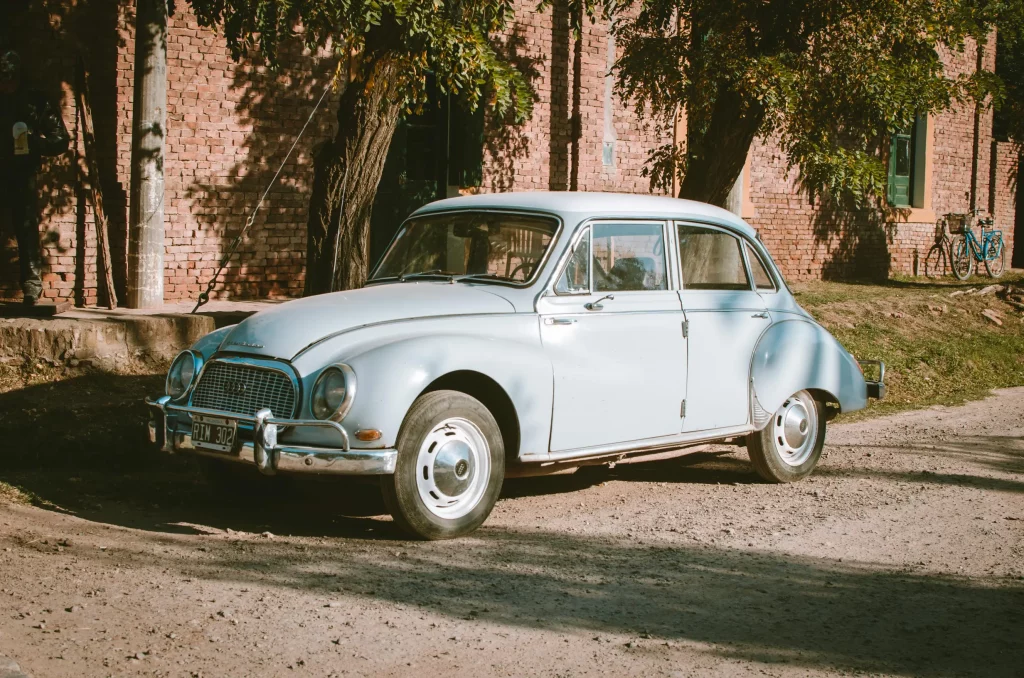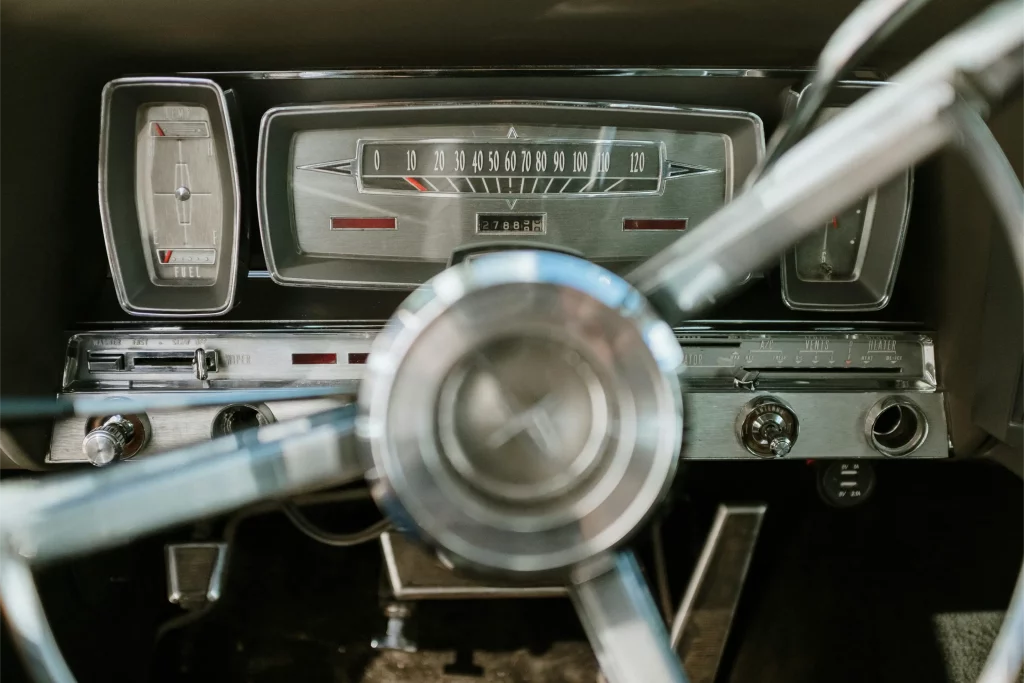
- Classic car care involves regular waxing and polishing to keep the paint job pristine and protect against environmental damage.
- Utilizing paint protection techniques like waxing, polishing, and UV shielding is crucial for maintaining a classic car’s luster and preventing sun damage.
- Interior maintenance, such as leather conditioning and fabric cleaning, is essential for preserving the car’s comfort and aesthetic appeal.
- Proper care and maintenance of classic cars are vital for ensuring their value, appearance, and legacy for future generations to enjoy.
Owning a classic car is a commitment to preserving a piece of automotive history. From understanding when and where to drive to choosing the right insurance, you will discover the key strategies for enjoying your vintage treasure without compromising its integrity or legacy. These insights will help ensure your prized possession continues to turn heads and function flawlessly for years. This guide offers essential advice for classic car enthusiasts on maintaining their vehicle’s value and condition.
Understanding Your Classic Car’s Worth
Before talking about preserving value, one must understand what “value” means in the context of classic cars. Several factors can significantly impact a classic car’s worth.
Factors Affecting Classic Car Value
Regarding classic cars, value isn’t just about the make and model. The year of production plays a massive role, with certain years holding special significance or rarity due to limited production numbers.
The car’s condition is of utmost importance, encompassing the state of the engine, bodywork, interior, and additional features unique to the model. Every replaced part, paint job, or component that does not align with the car’s original state can impact its value.
Recognizing the Signs of a Valuable Classic Car
There are telltale signs beyond the basics that can indicate a classic car’s value. Historical provenance, including documented ownership by notable figures, can increase the car’s prestige.
Limited edition or specially-equipped models, verified by comprehensive documentation or serial numbers, hold a higher market position. When appraisal time comes, having these details sorted out can make all the difference in recognizing the true worth of your classic car.
Classic Car Storage Solutions
The way you store your classic car can have a profound impact on its long-term condition. Ideal storage is in a climate-controlled setting with proper ventilation and humidity control to prevent rust and mildew. Consider RV storage that has the following flexibility in its storage.
Climate-Controlled Garages
A garage with consistent temperature and humidity levels is the best option for storing a classic car. If a dedicated climate-controlled space is impossible, consider retrofitting an existing storage area with the appropriate systems.
Proper Ventilation and Moisture Control
Good airflow in the storage area is vital to prevent condensation, which can lead to rust. Using desiccants or dehumidifiers to maintain dry conditions is ideal and fully recommended for pristine conditions.
Protection from Dust, Pests, and Potential Collisions
Cover the car with a breathable, soft material to protect it from dust. Regularly inspect the storage area for signs of pests and take appropriate measures to keep them away. Store the car in a location with minimal risk of being bumped or knocked over.
Keeping Your Classic Car Looking Sharp
Maintaining your classic car’s appearance is an ongoing commitment that pays dividends in both aesthetic and financial terms. Regular cleaning and appropriate detailing are critical elements in keeping your classic car looking its best.
Regular Cleaning and Detailing Techniques
Cleaning a classic car goes beyond the conventional wash. It involves using specialized products and techniques that cater to the particular needs of the car’s era and material. Detailing, however, is restoring a car to its original or like-new condition.
Interior Detailing
Use non-abrasive cleaners on delicate surfaces for the interior and treat leather with conditioners specific to classic cars. Remove dust and debris from hard-to-reach areas to maintain the original finish.
Exterior Detailing
Focus on paint protection to keep the exterior in pristine condition. Regular waxing and polishing provide a lustrous shine and offer a layer of defense against environmental factors that can lead to paint deterioration.
Paint Protection: Waxing, Polishing, and UV Shielding
Protecting a classic car’s paint job is essential in preserving its original luster.
- Waxing should be a part of your regular maintenance routine to keep the paint supple and smooth.
- Polishing can help to remove fine scratches and oxidized paint.
- UV shielding products are also crucial to prevent sun damage, which can cause the paint to fade and crack over time.
Upholstery Care: Leather Conditioning and Fabric Cleaning
The interior of a classic car can define its character and comfort. Leather conditioning maintains the suppleness and shine of classic car seats, while fabric cleaning ensures a fresh and attractive appearance. Regular care keeps the interior looking new and contributes to the overall experience of owning and riding a classic car.
Preserving the value and appearance of your classic car is an art that combines meticulous care, informed decision-making, and a passion for automotive history and craftsmanship. By following this guide and seeking expertise when necessary, you can ensure that your classic car remains a cherished part of your life and legacy. Remember, the joy of classic car ownership is not just in possessing a piece of history but in the ability to pass it on to future generations in its best possible state.


